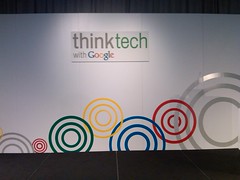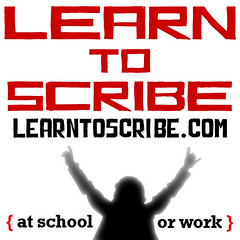 Smartphones, tablets, and TVs — oh my! It seems every day a new device hits the market, providing consumers with even more options to stay connected. As a result, consumers are increasingly sophisticated in the ways in which they engage with media. Advances in technology have uncovered new ways to communicate, inform, and transact — how can marketers maintain a strong consumer connection as consumption habits and purchase decisions shift amidst an ever-changing marketplace? Are you sending the right signals to reach your customers?
Smartphones, tablets, and TVs — oh my! It seems every day a new device hits the market, providing consumers with even more options to stay connected. As a result, consumers are increasingly sophisticated in the ways in which they engage with media. Advances in technology have uncovered new ways to communicate, inform, and transact — how can marketers maintain a strong consumer connection as consumption habits and purchase decisions shift amidst an ever-changing marketplace? Are you sending the right signals to reach your customers?
Over the last several weeks, the Alphachimp Team has had the pleasure of supporting these gathering of media partners and major marketers at Google New York office.
Click to read more ...
 Alphachimp
Alphachimp  Sunday, February 5, 2012 at 1:34PM
Sunday, February 5, 2012 at 1:34PM 











